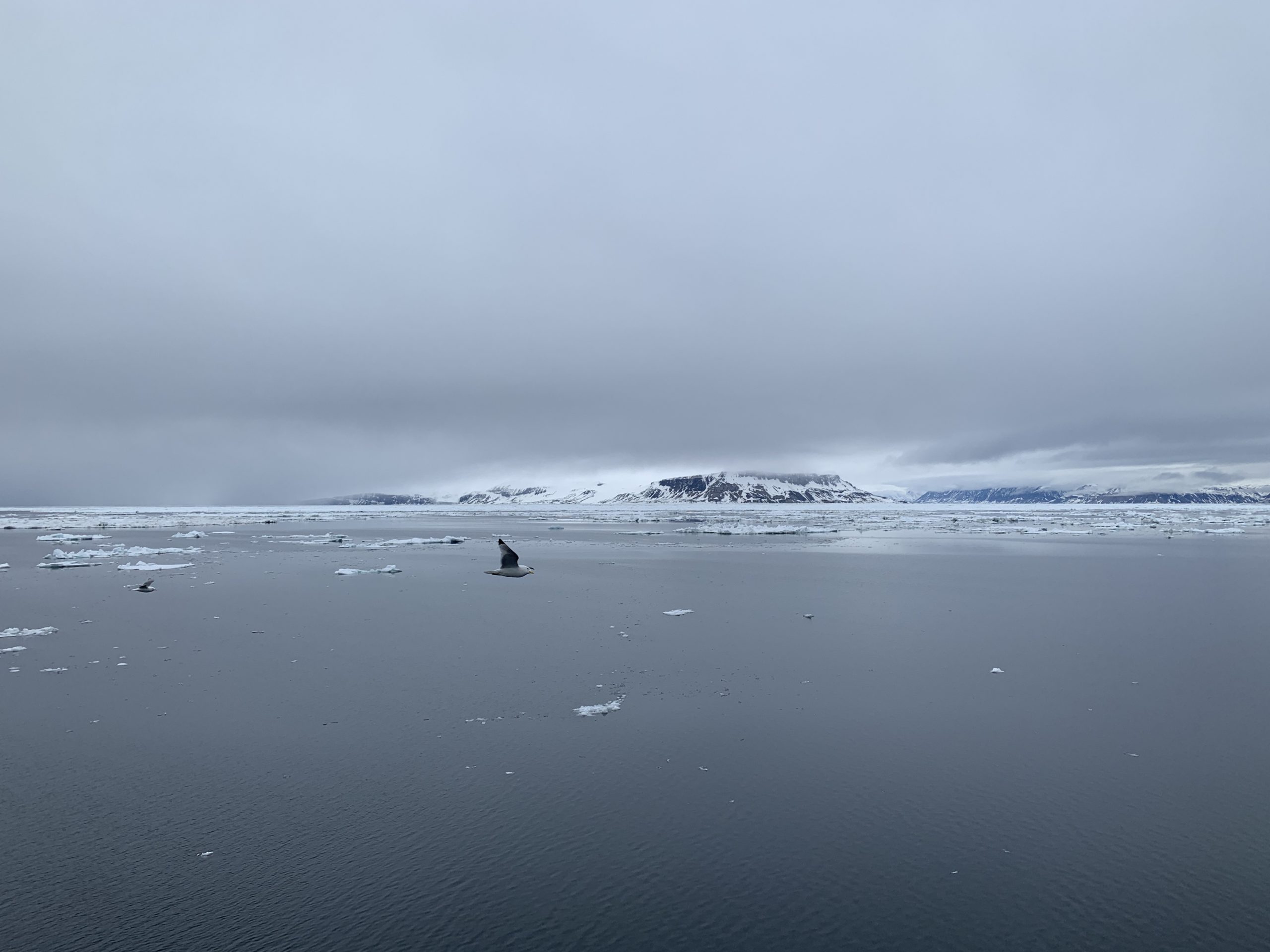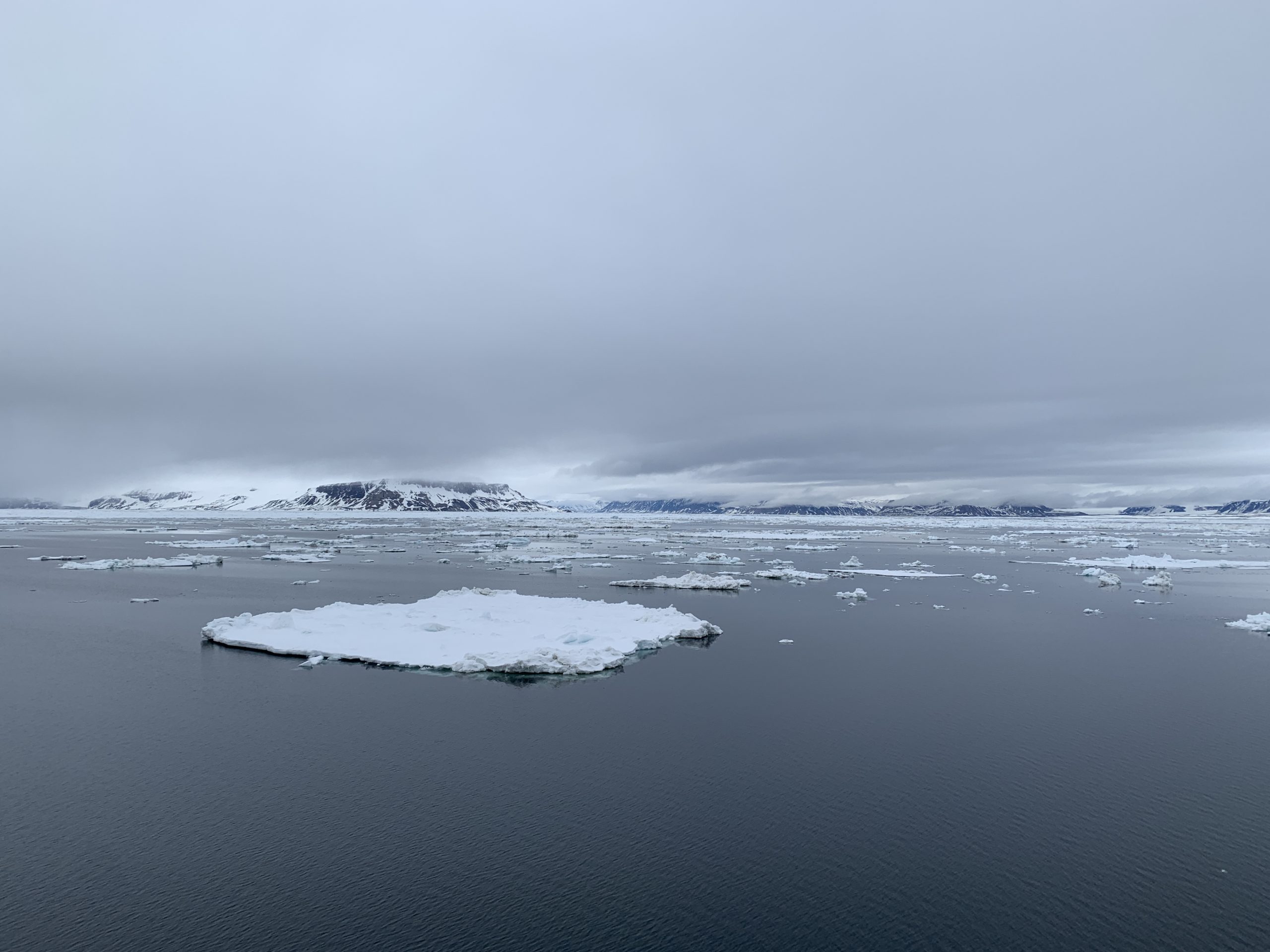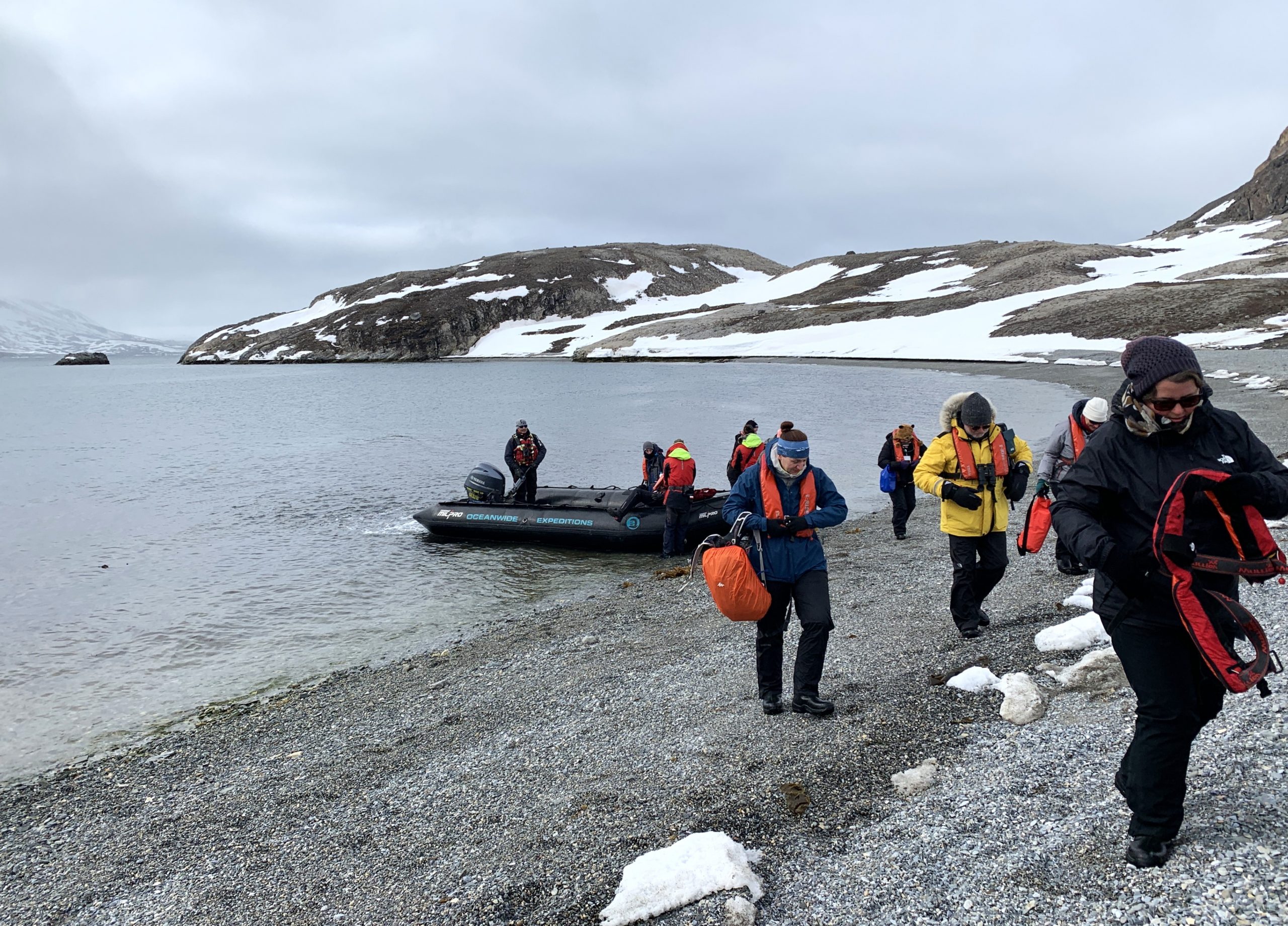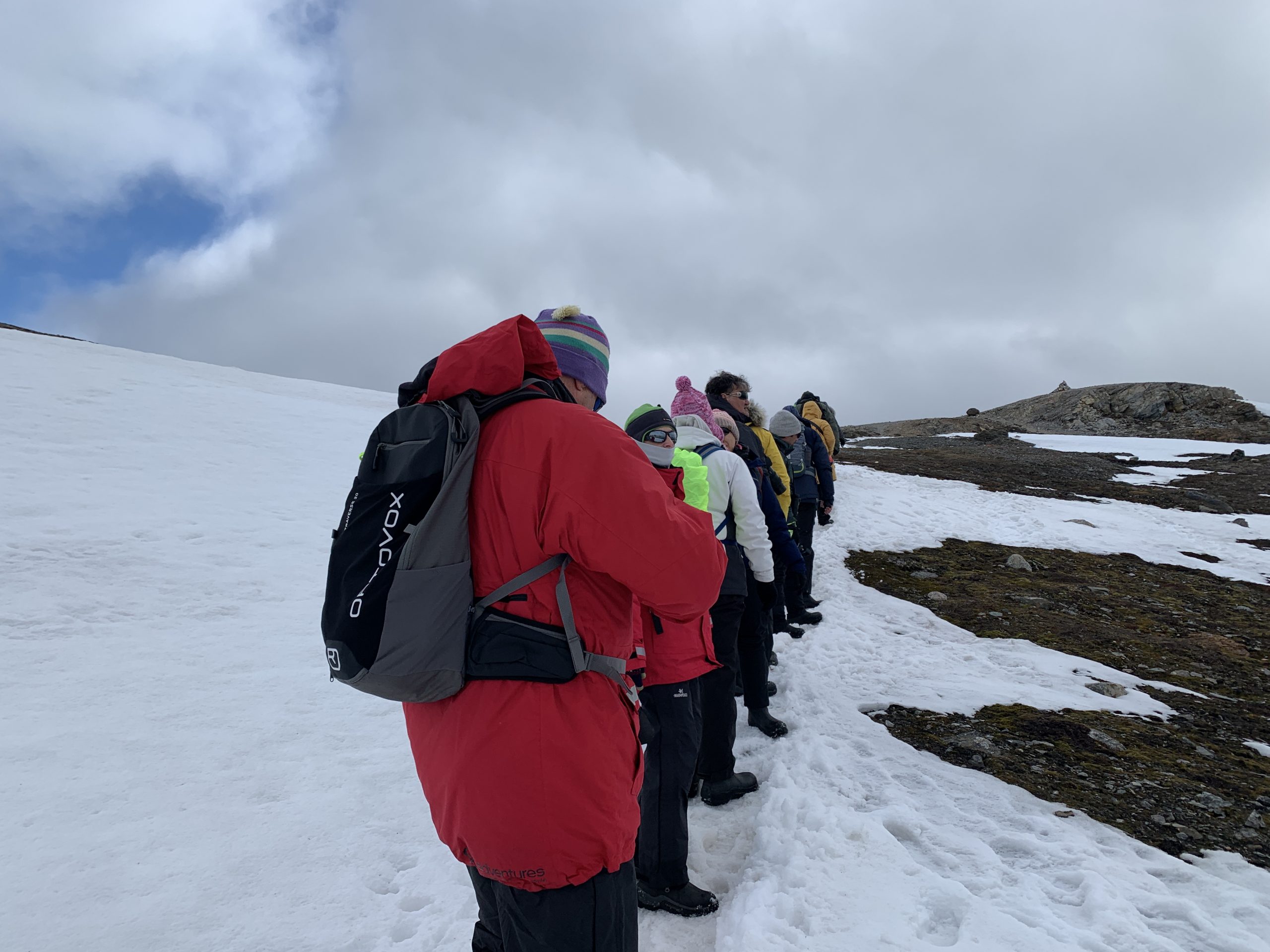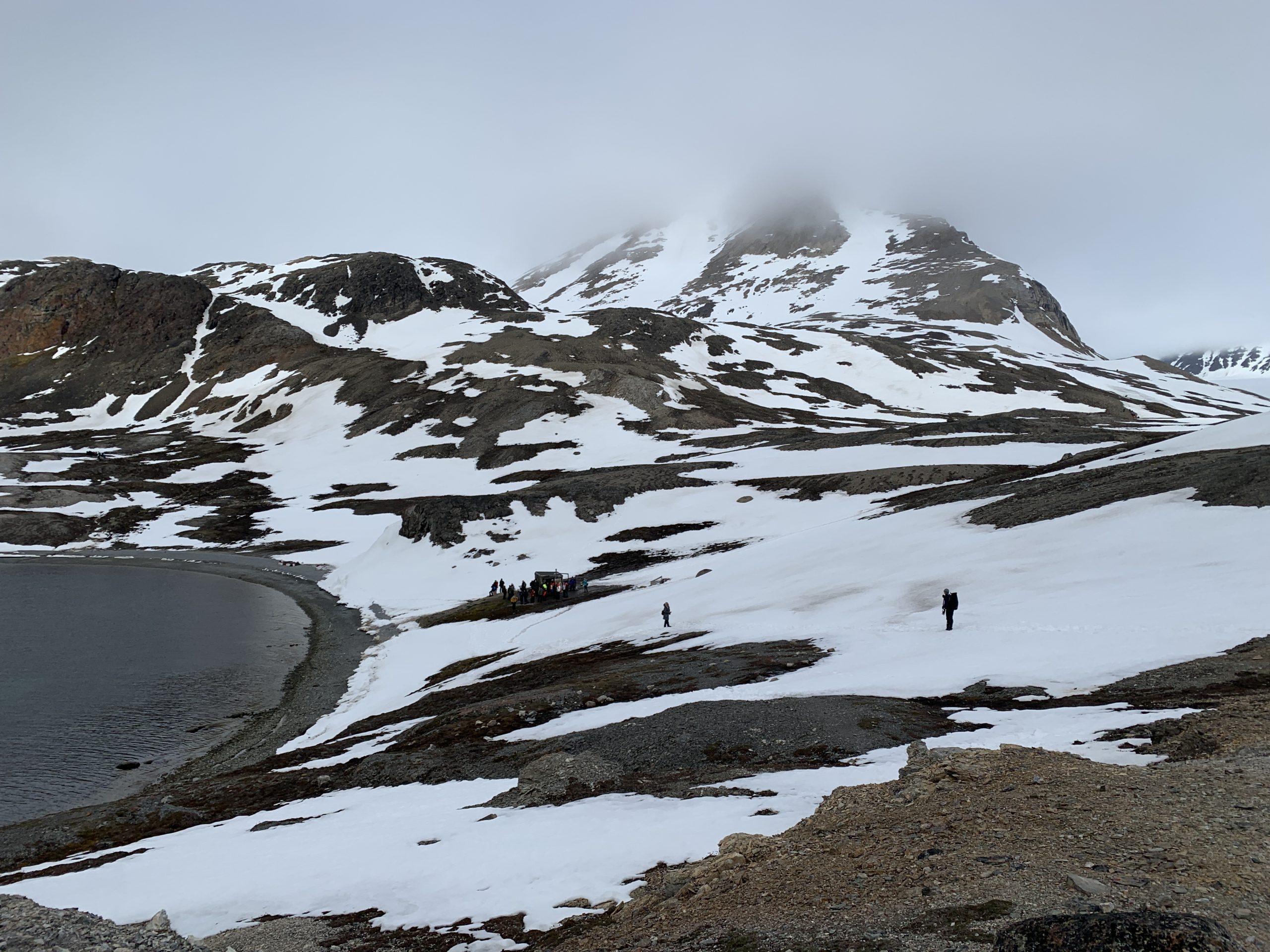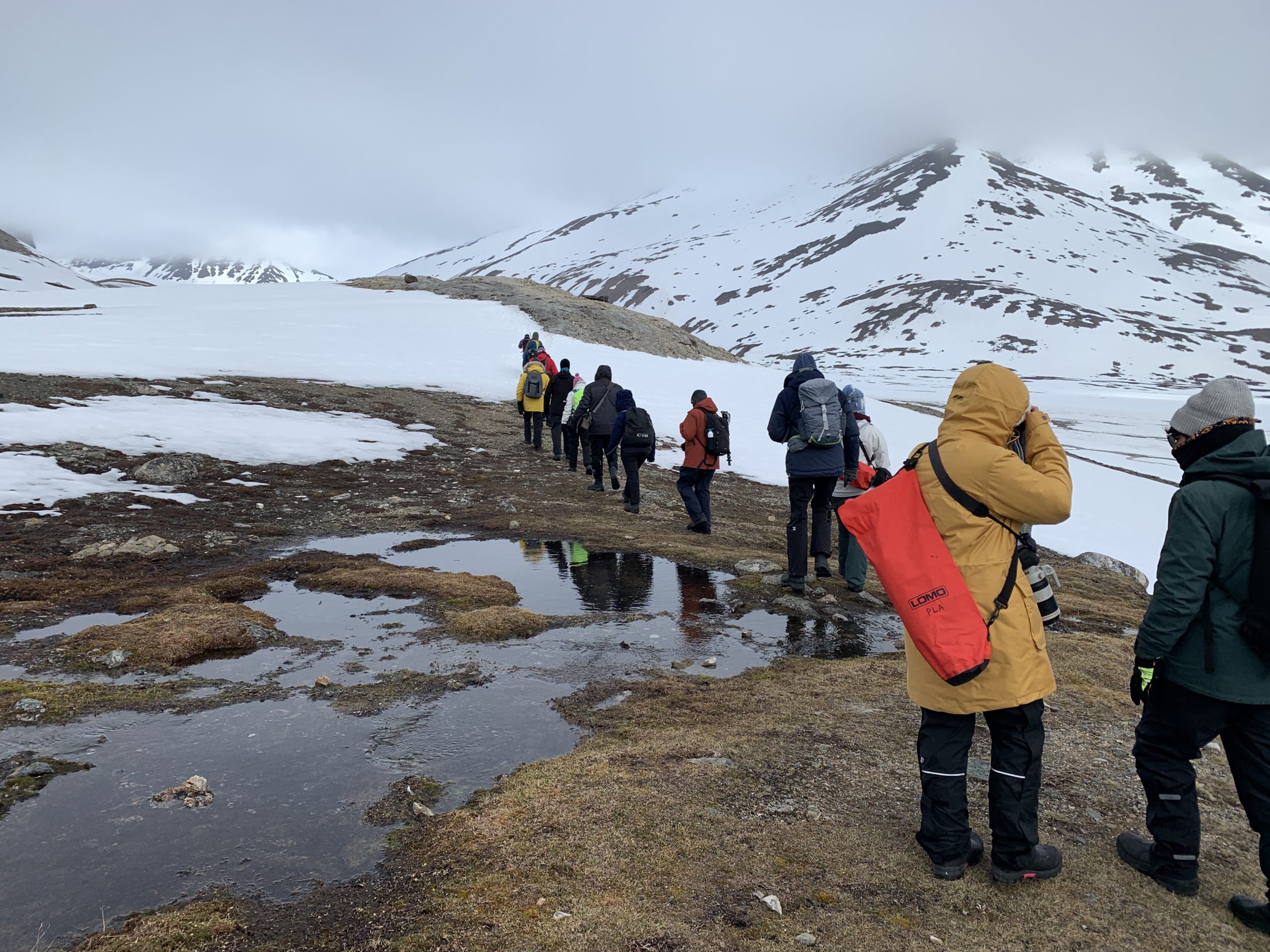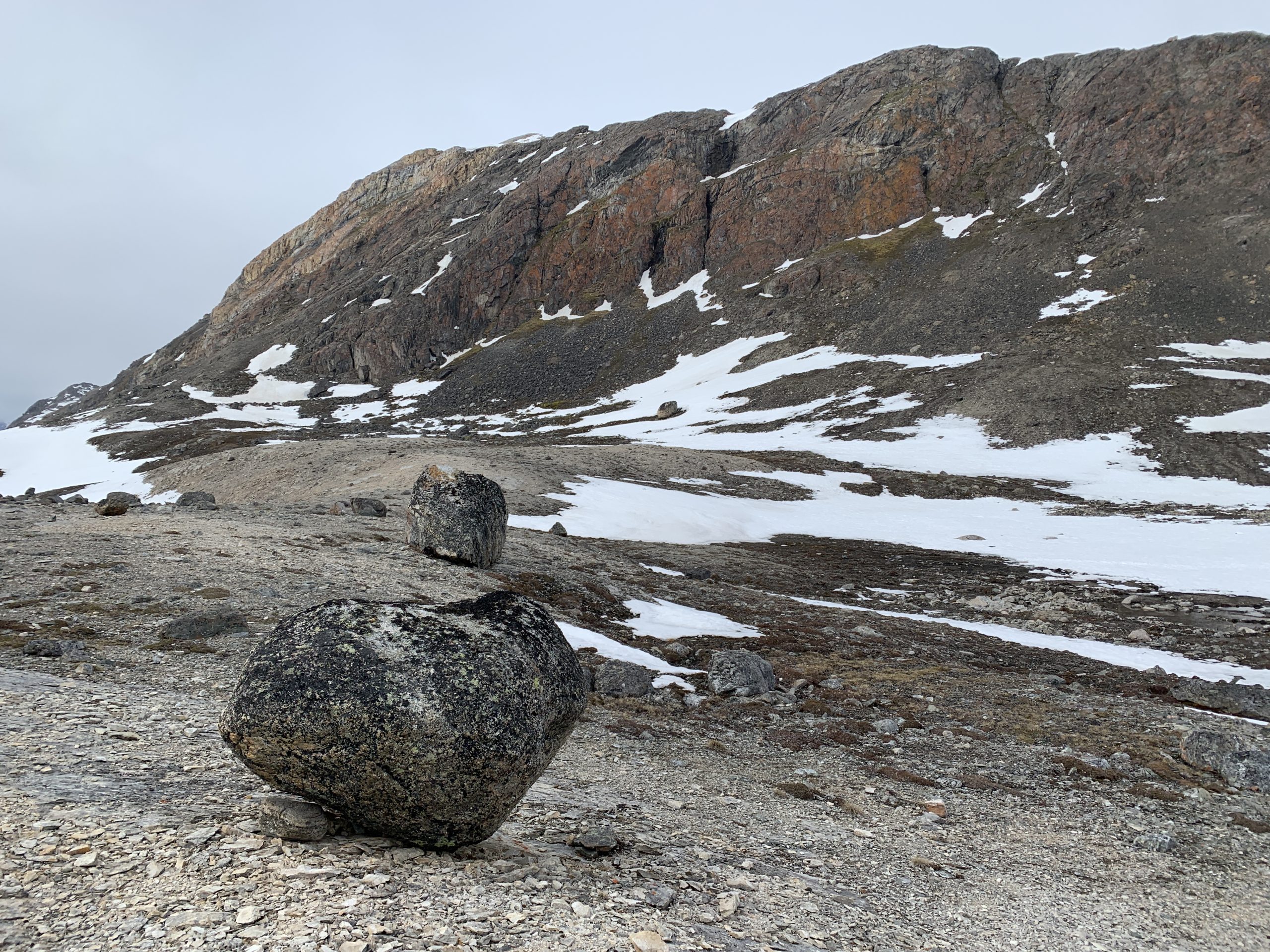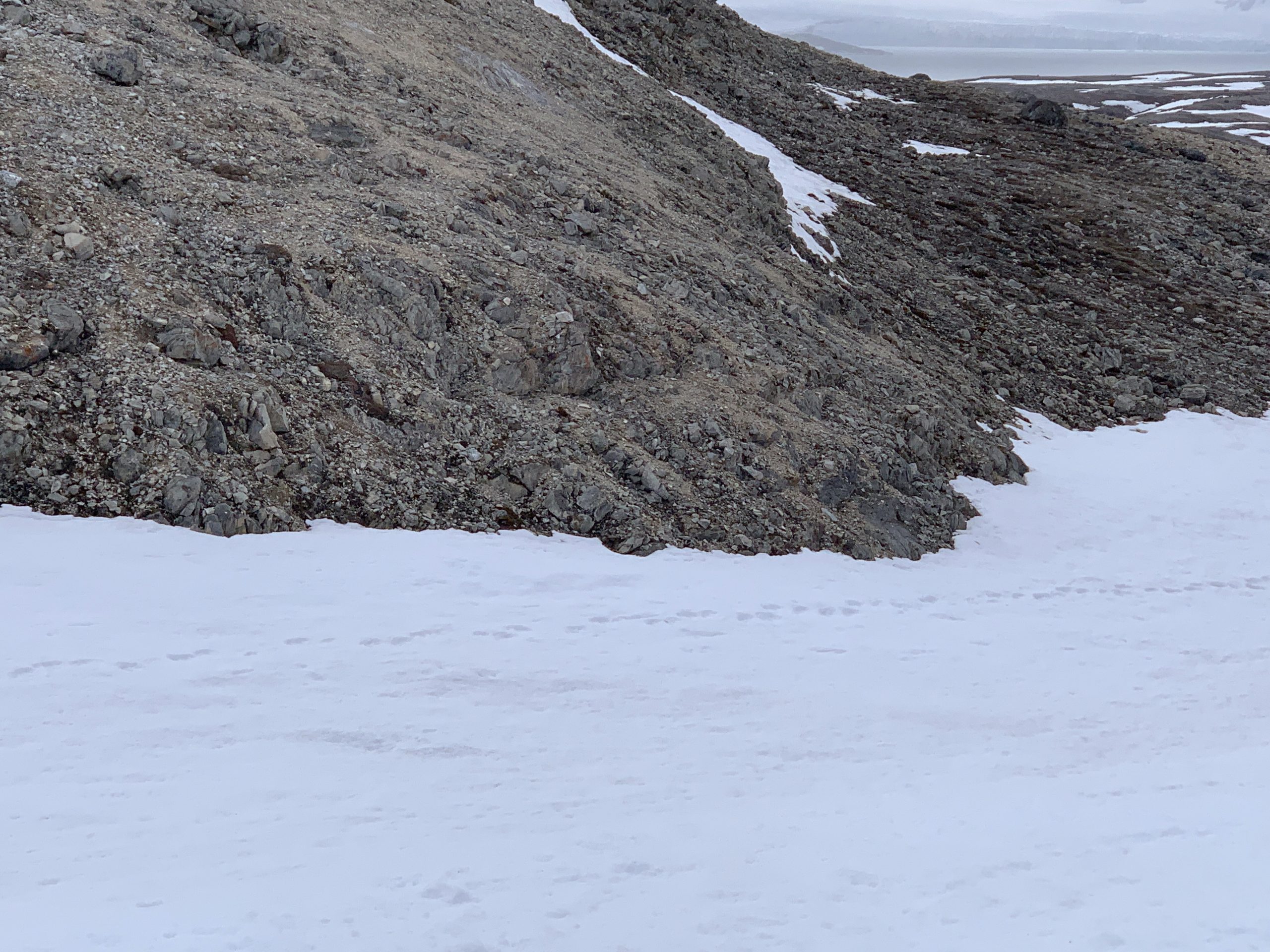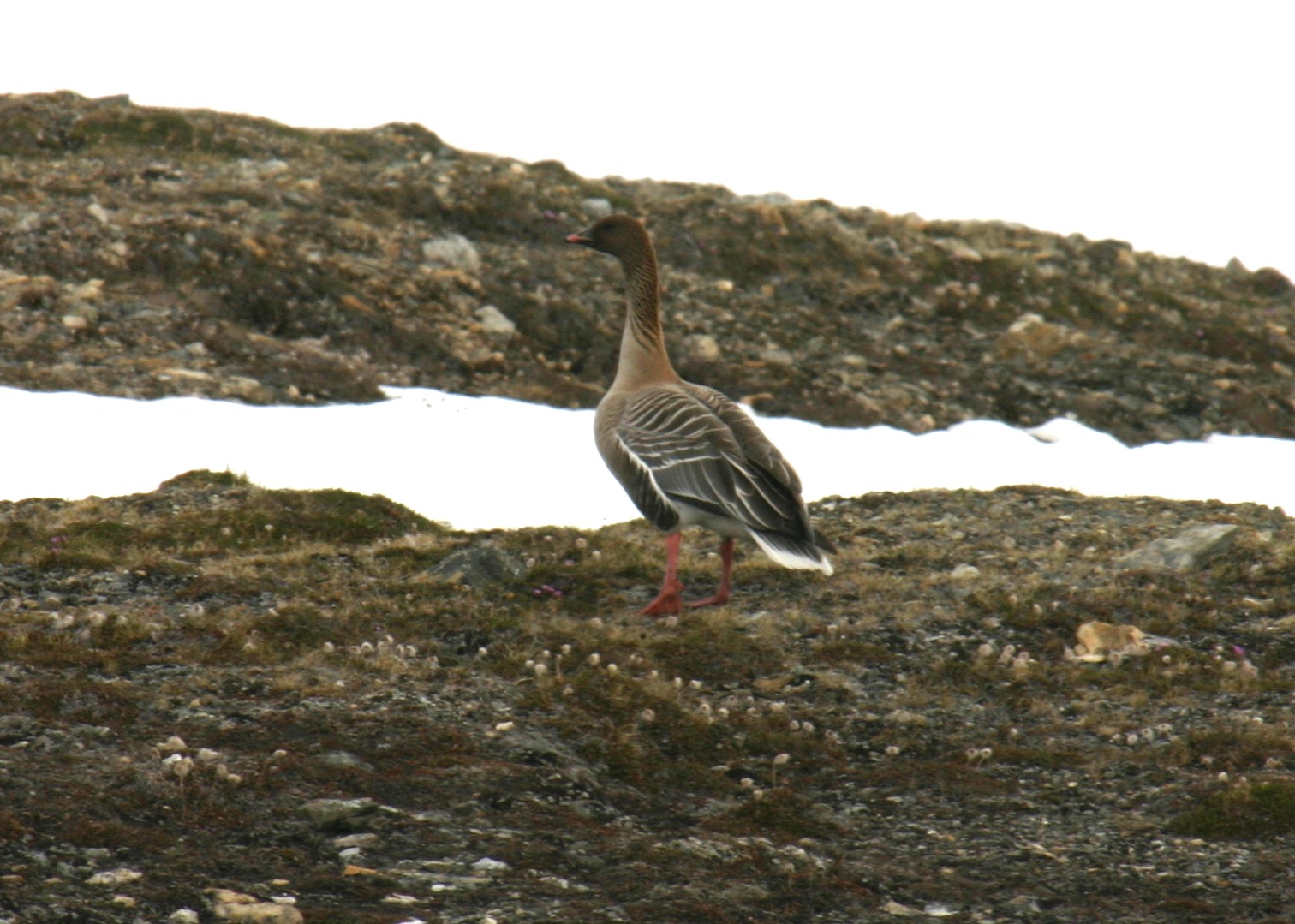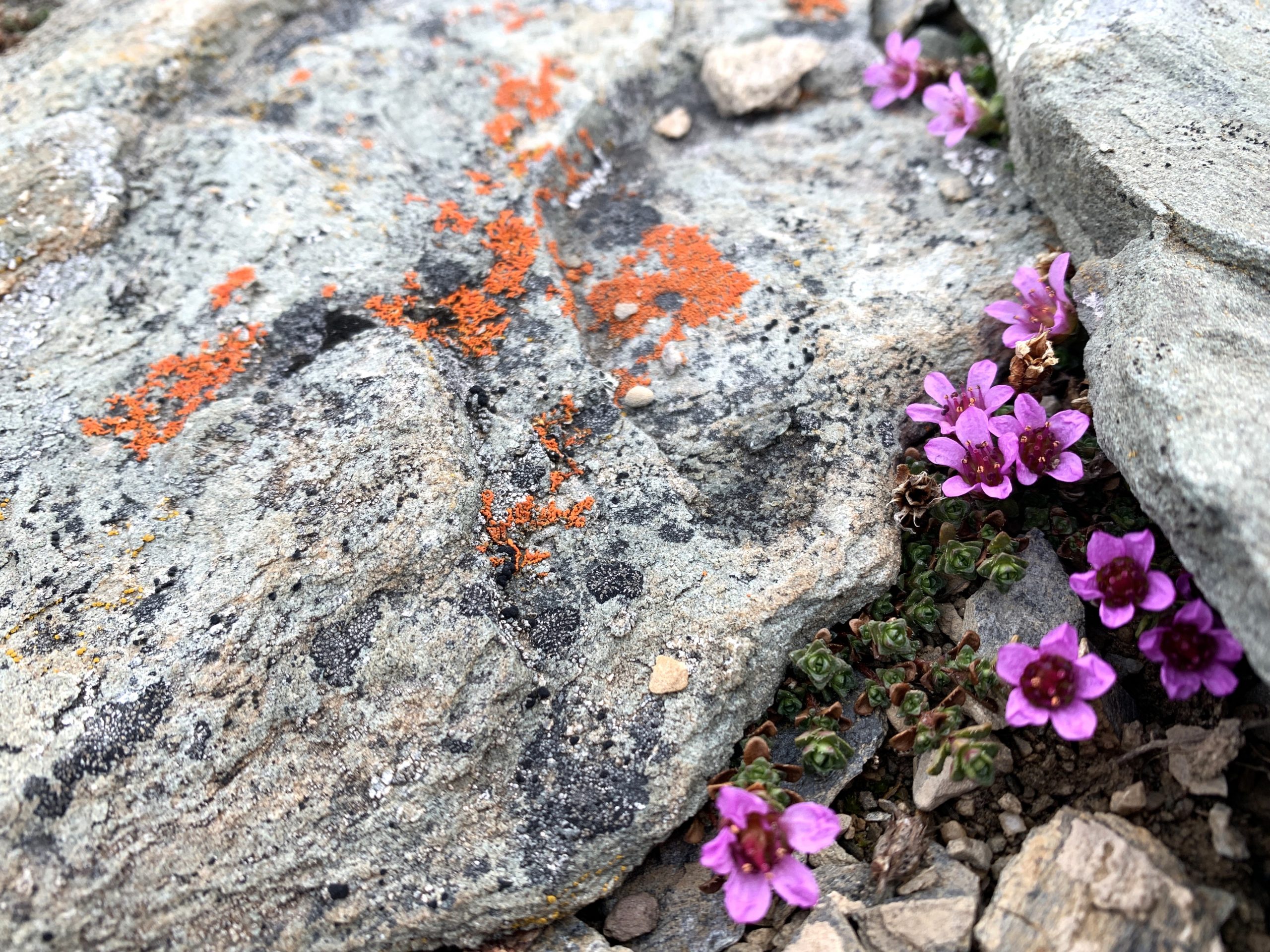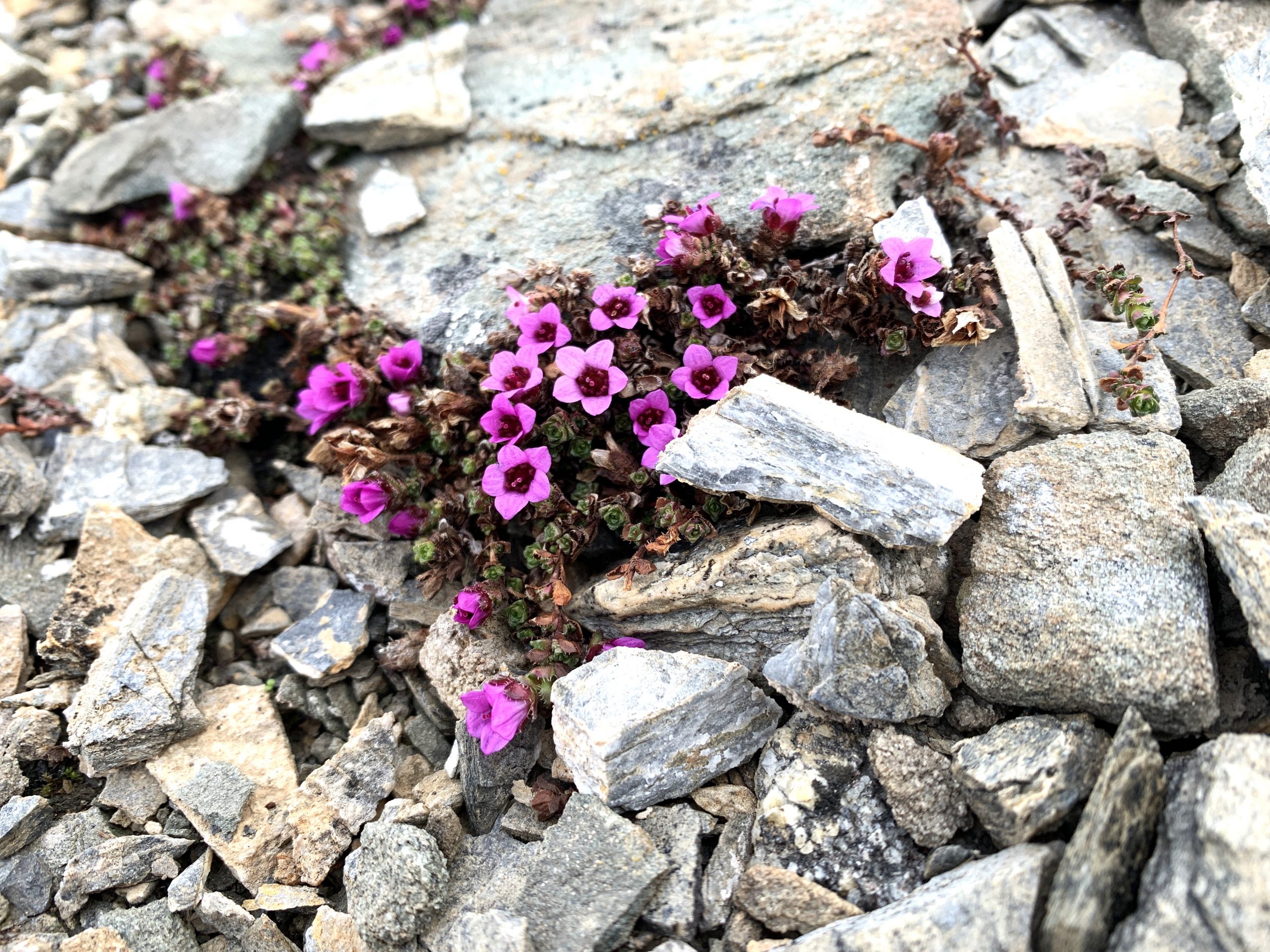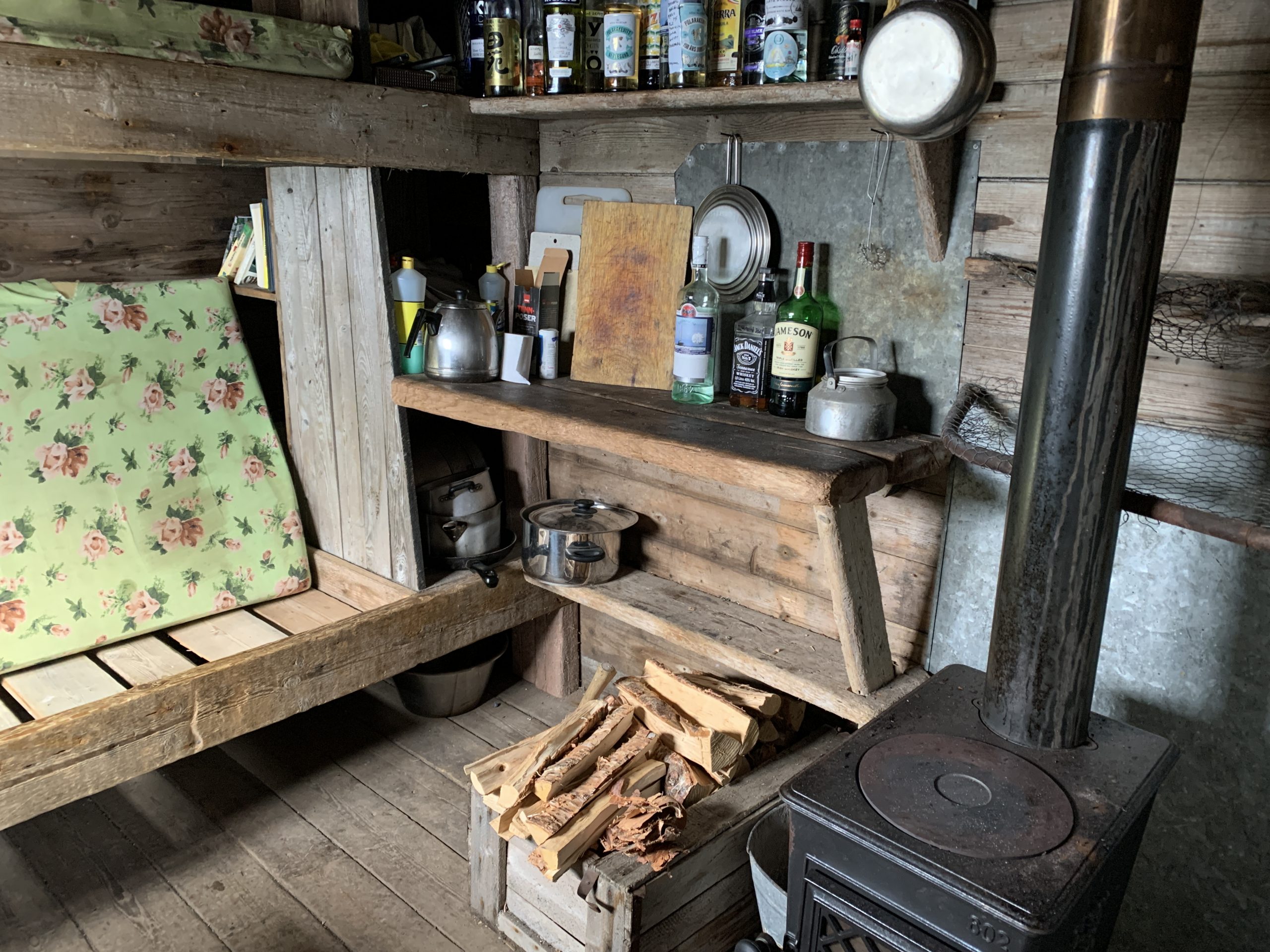We sail through a frozen, monochrome blue landscape and get a feel for drift ice and glaciers.
The name Svalbard means “cold shores”. That is a very apt name for this country. We spend an afternoon exploring the cold shores from our zodiacs. Despite layers of warm, insulating and rainproof clothing, two hours on the icy waters among ice floes and close to glaciers has me feeling pretty cold during the last half hour. But what an experience to be surrounded by all this ice!
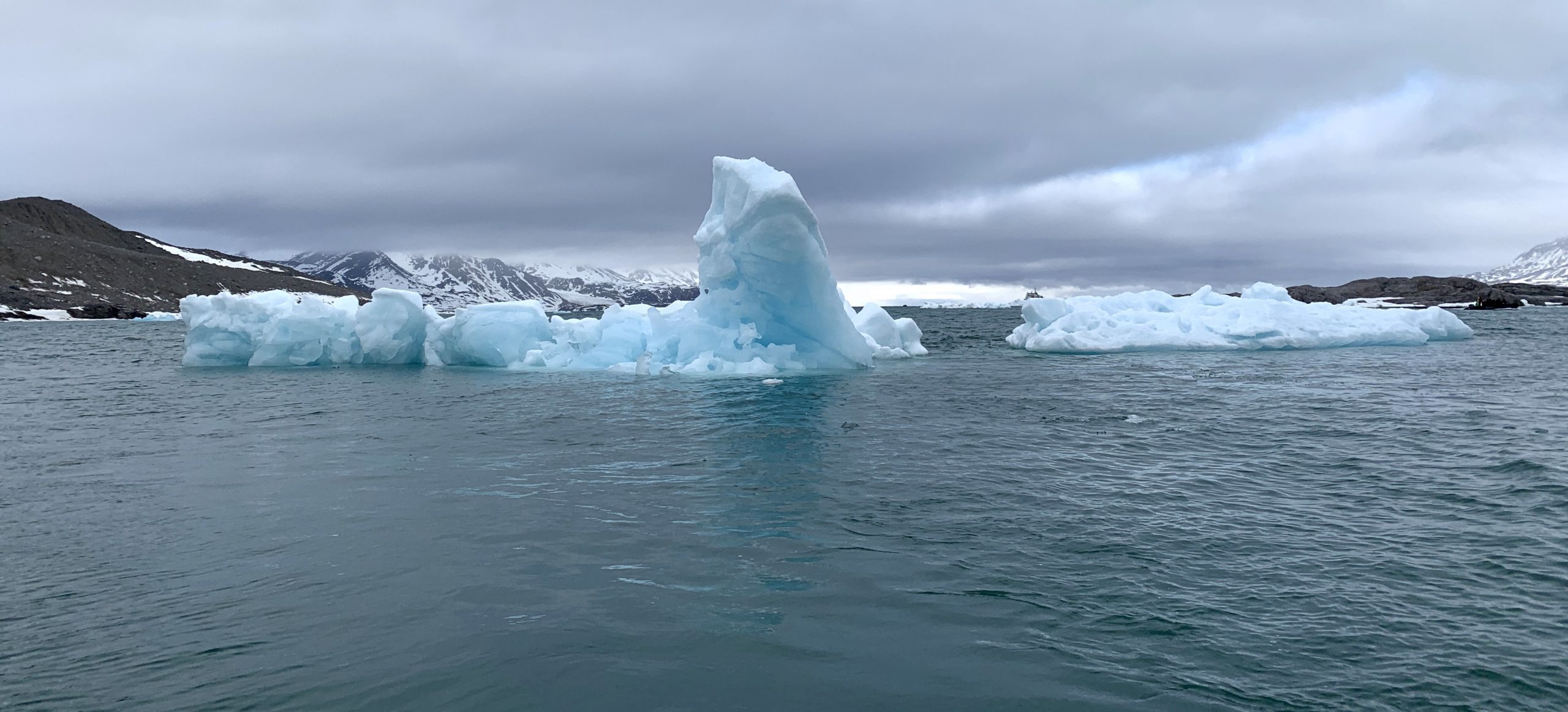
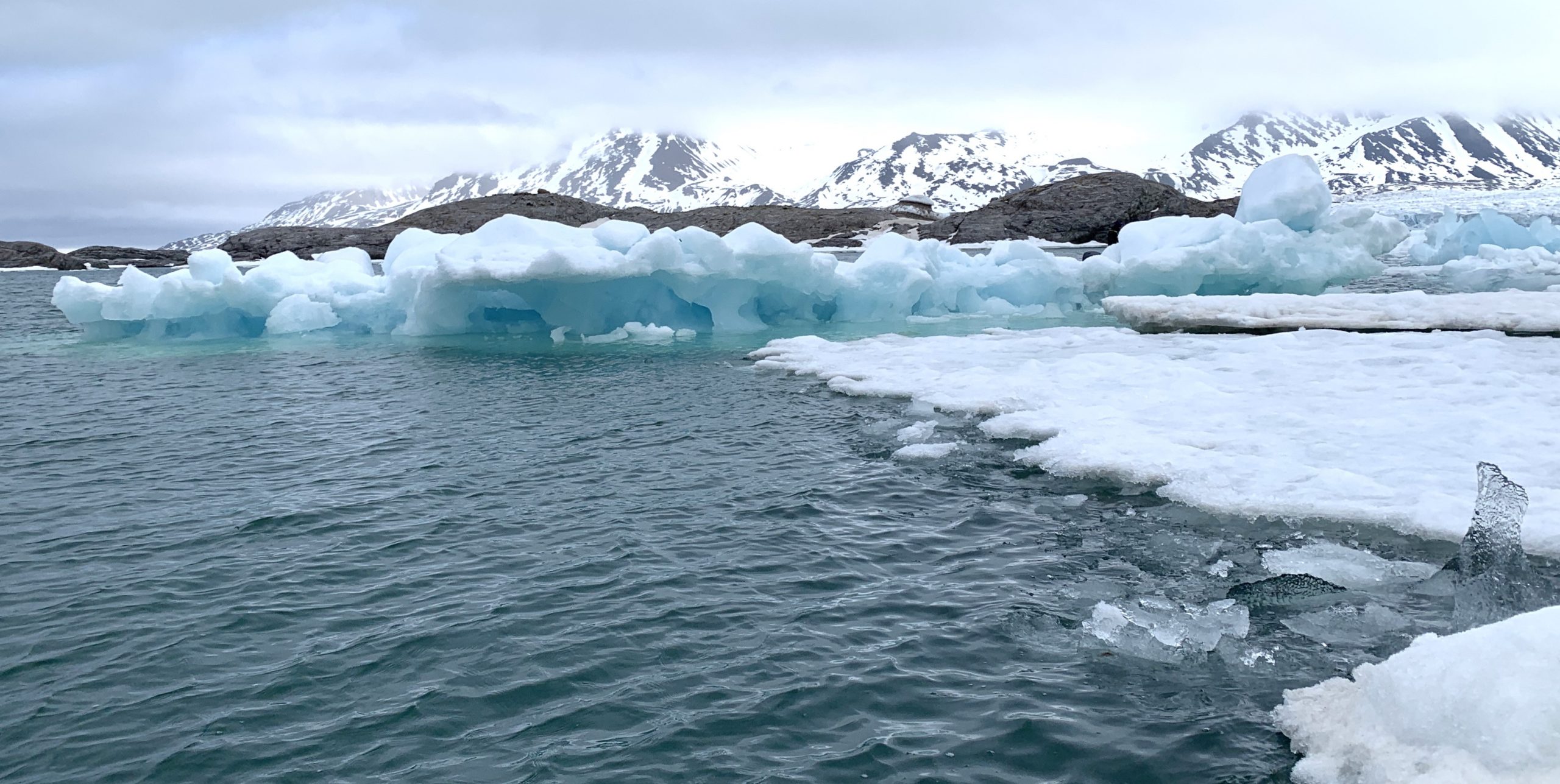
The blue colour is due to how the lights reflects from the ice that has been under extreme pressure for thousands of years, so the snow has compacted to what looks like blue crystal.

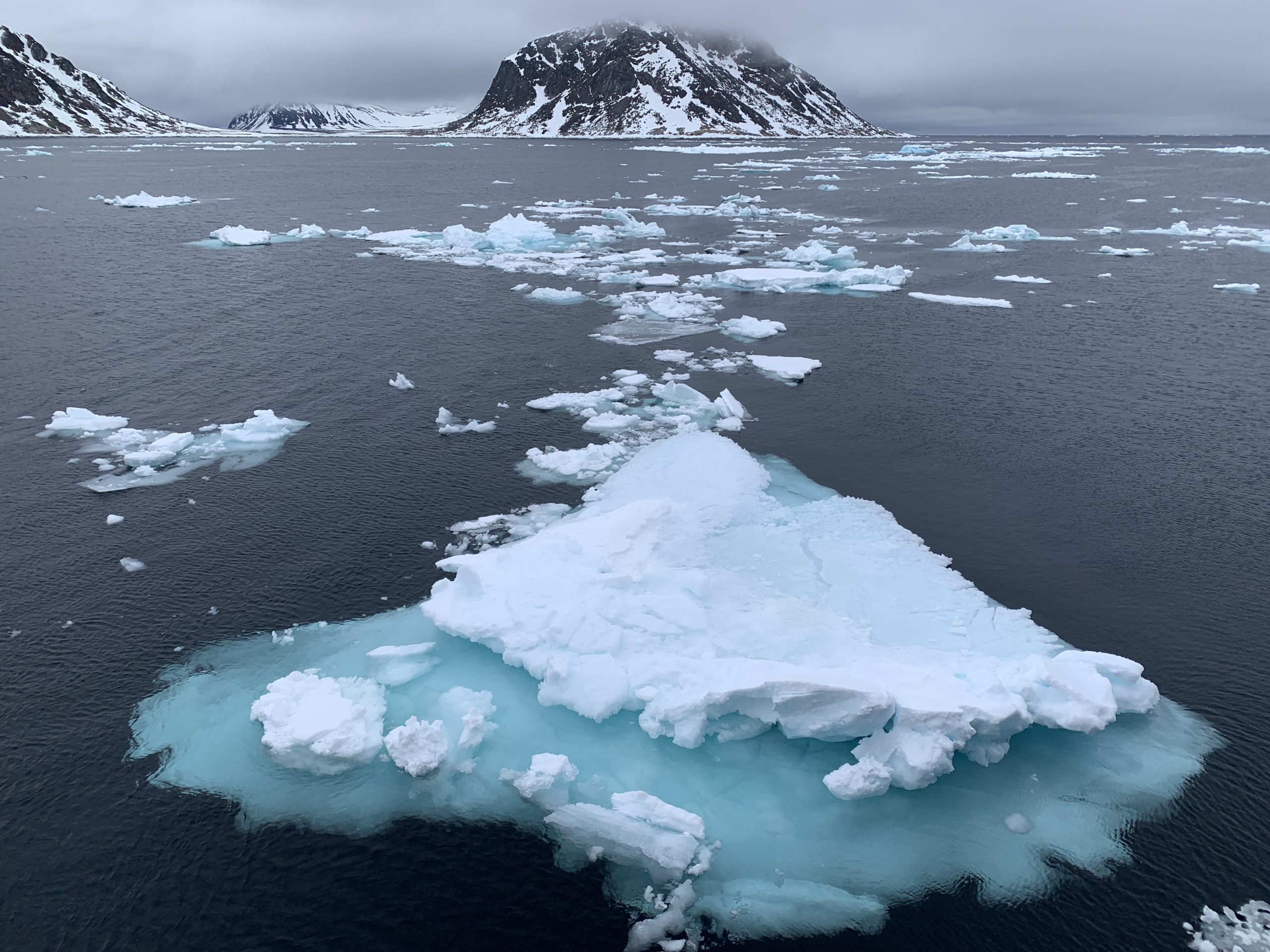
We sail up close to the glacier called Monacobreen in Liefdefjorden. It is named after the first Prince of Monaco, who was an explorer in the early 1900s and a pioneer of what would eventually become the science of oceanography. The face of the glacier is about four km wide and 30-50 m high. It looks like a landscape from some kind of fantasy movie.
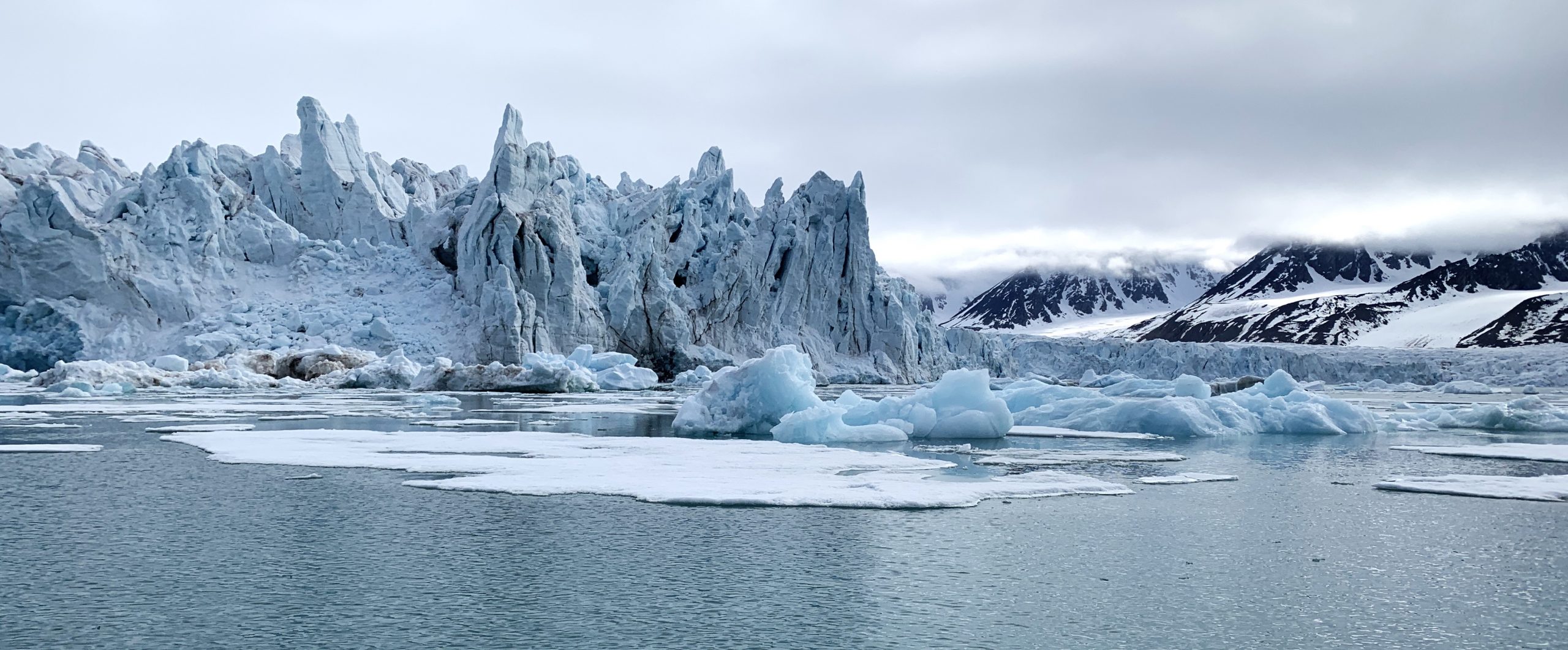
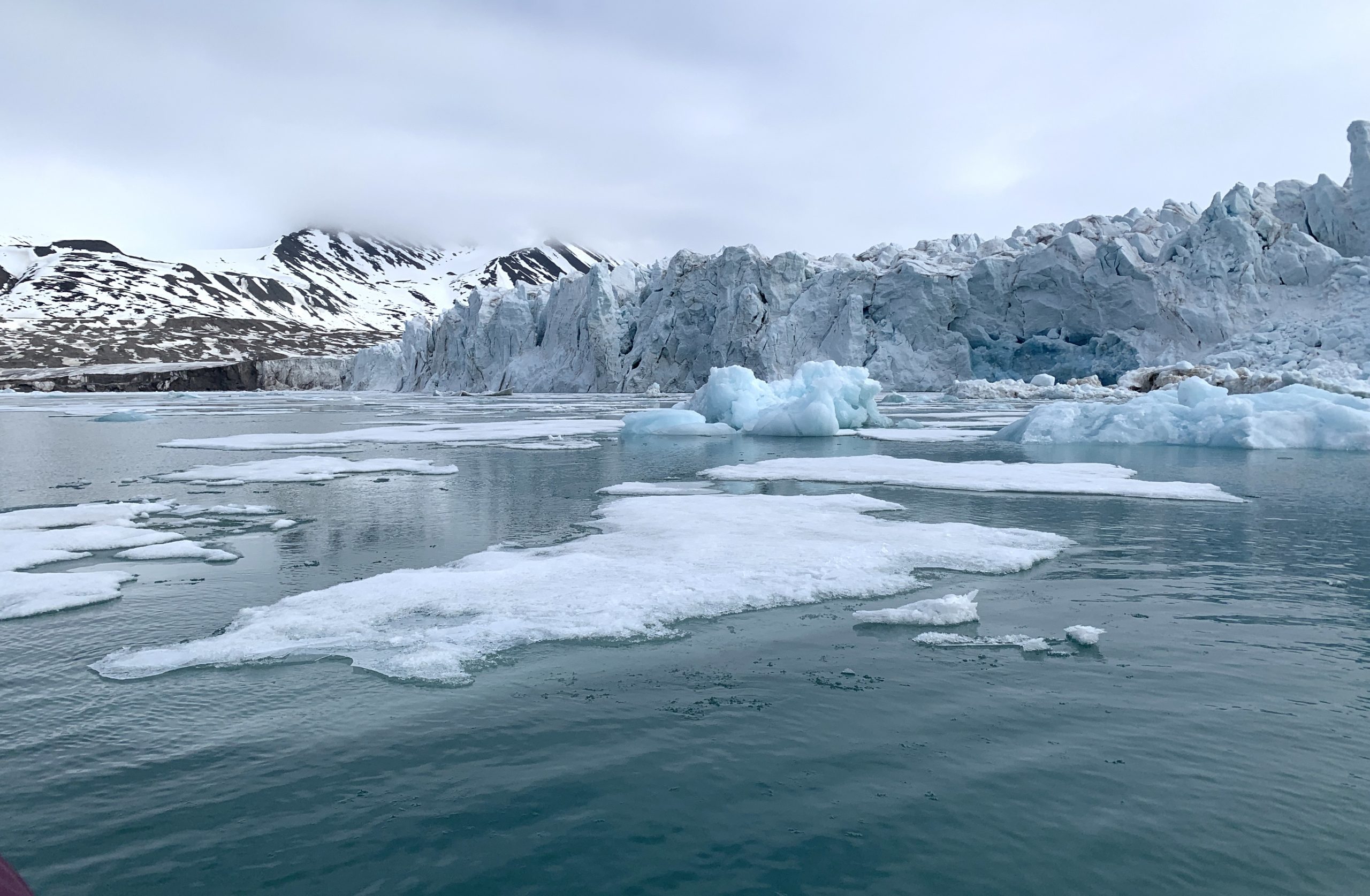
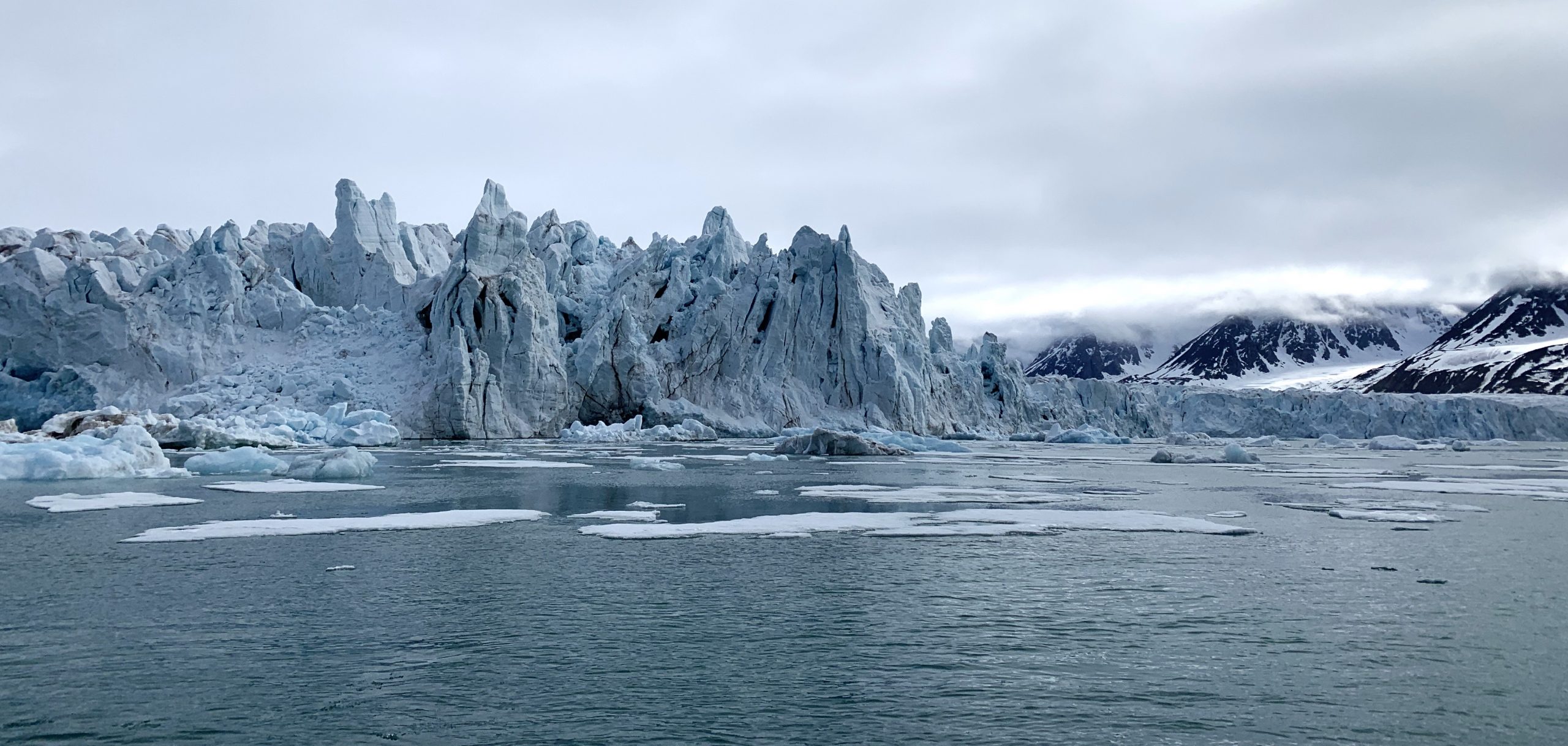
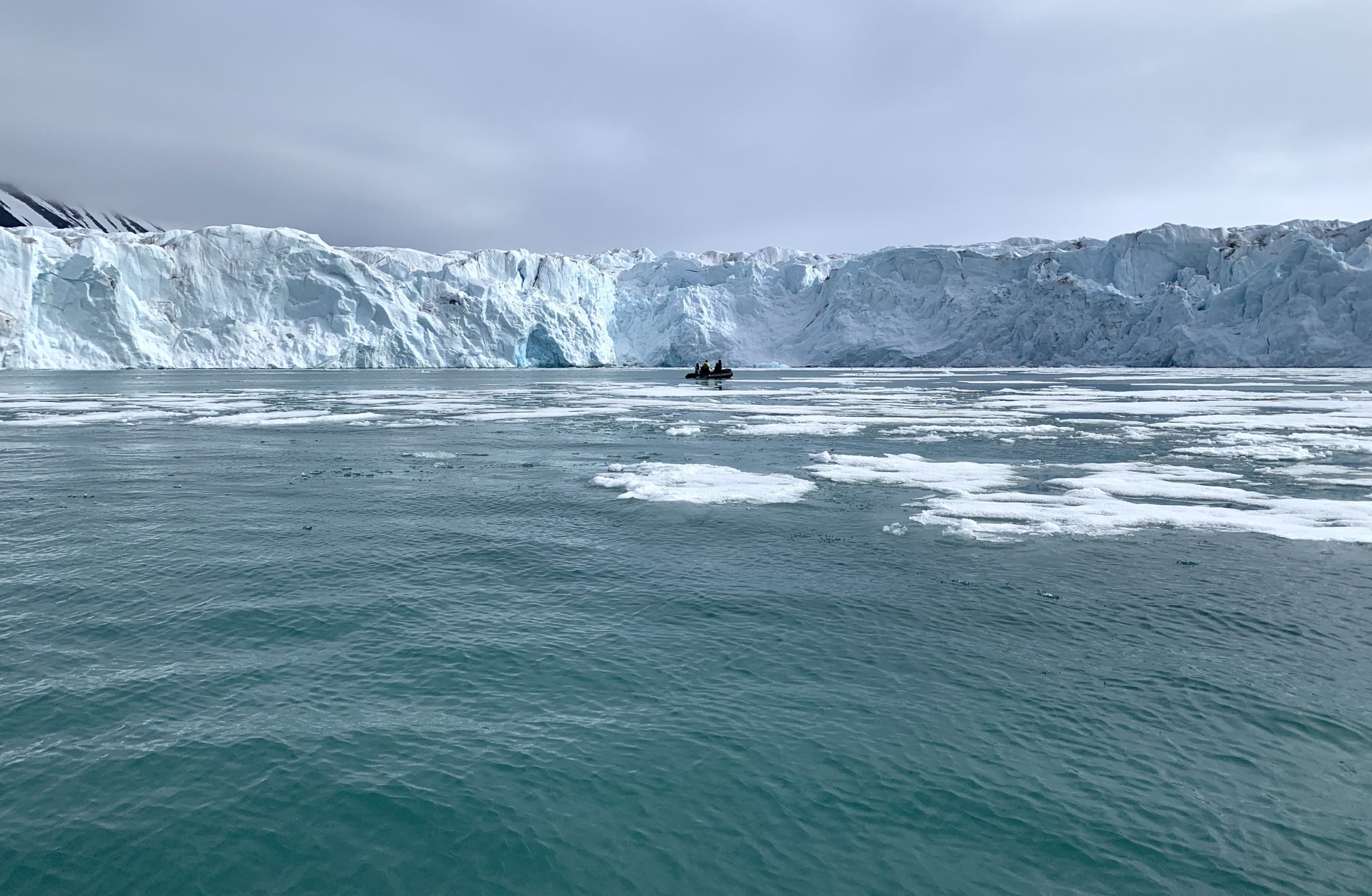
We see a bearded seal in the water along with glaucous gulls and skua. A kittiwake floats nearby until it decides to leave us.
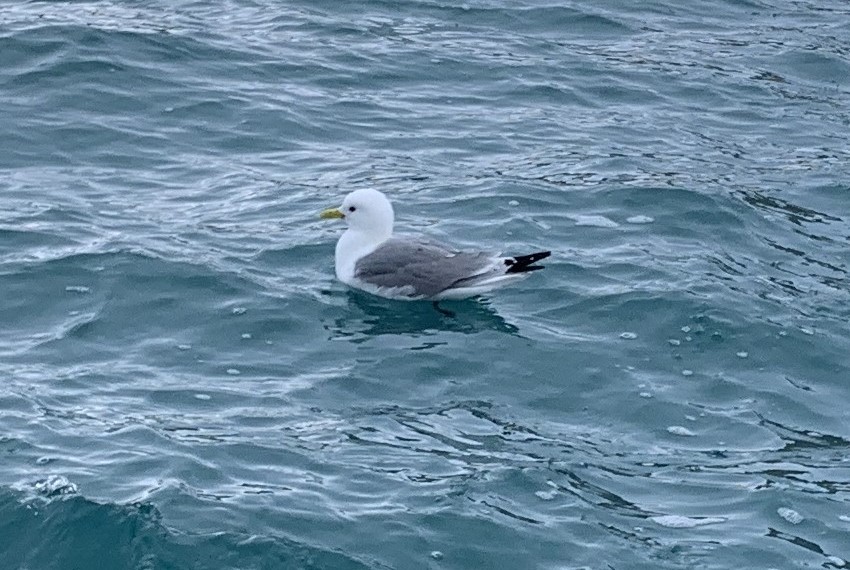
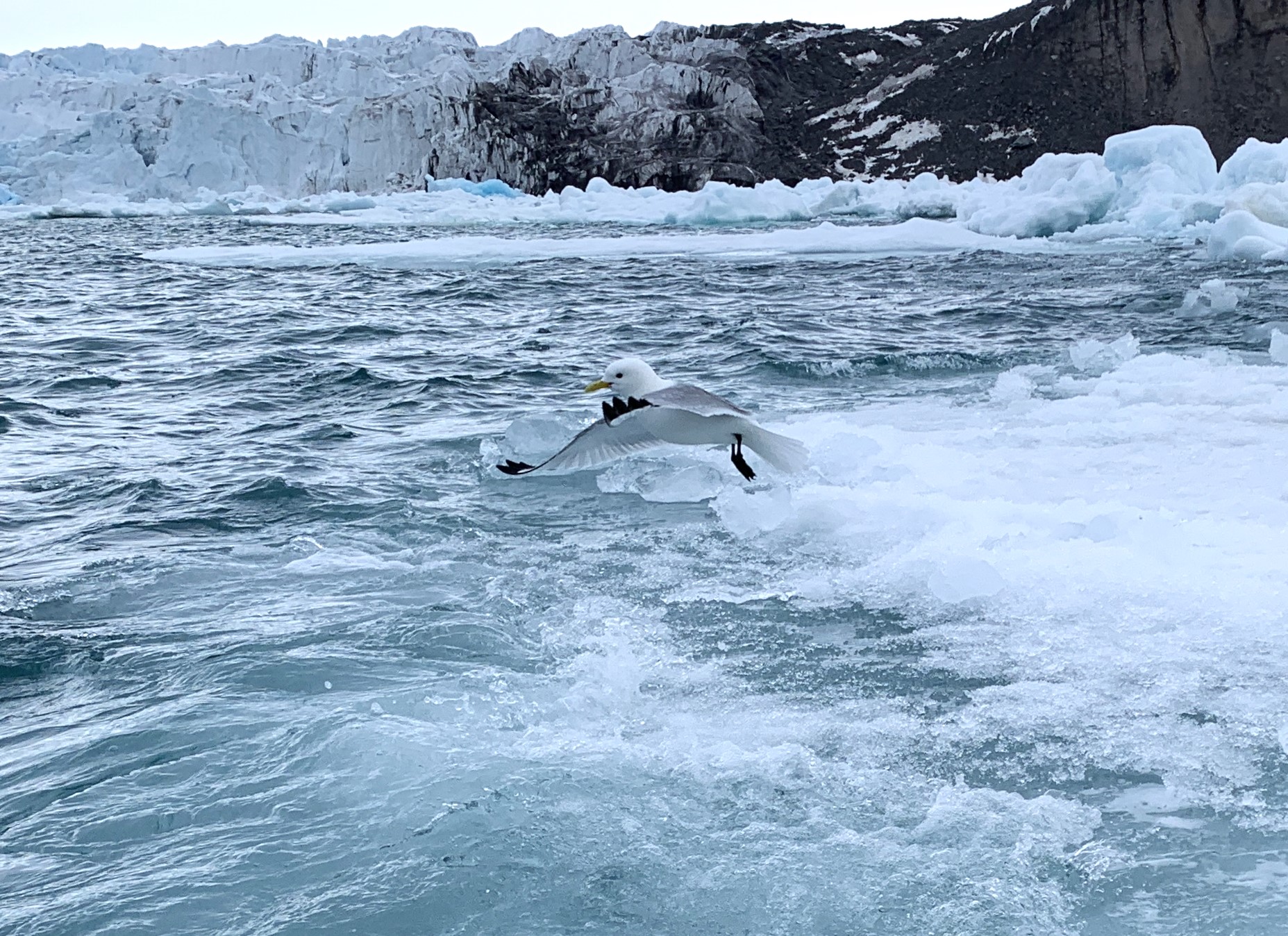
At one point we almost get trapped among the drift ice. It can be deceptively easy to find a lead (path) into the bay, but when you want to go back out again, the wind may have shifted so it blows the ice floes into the bay and you are surrounded. Fortunately, our guides are excellent zodiac pilots that always work in pairs, and we wend our way safely through the frozen labyrinth back to the ship.
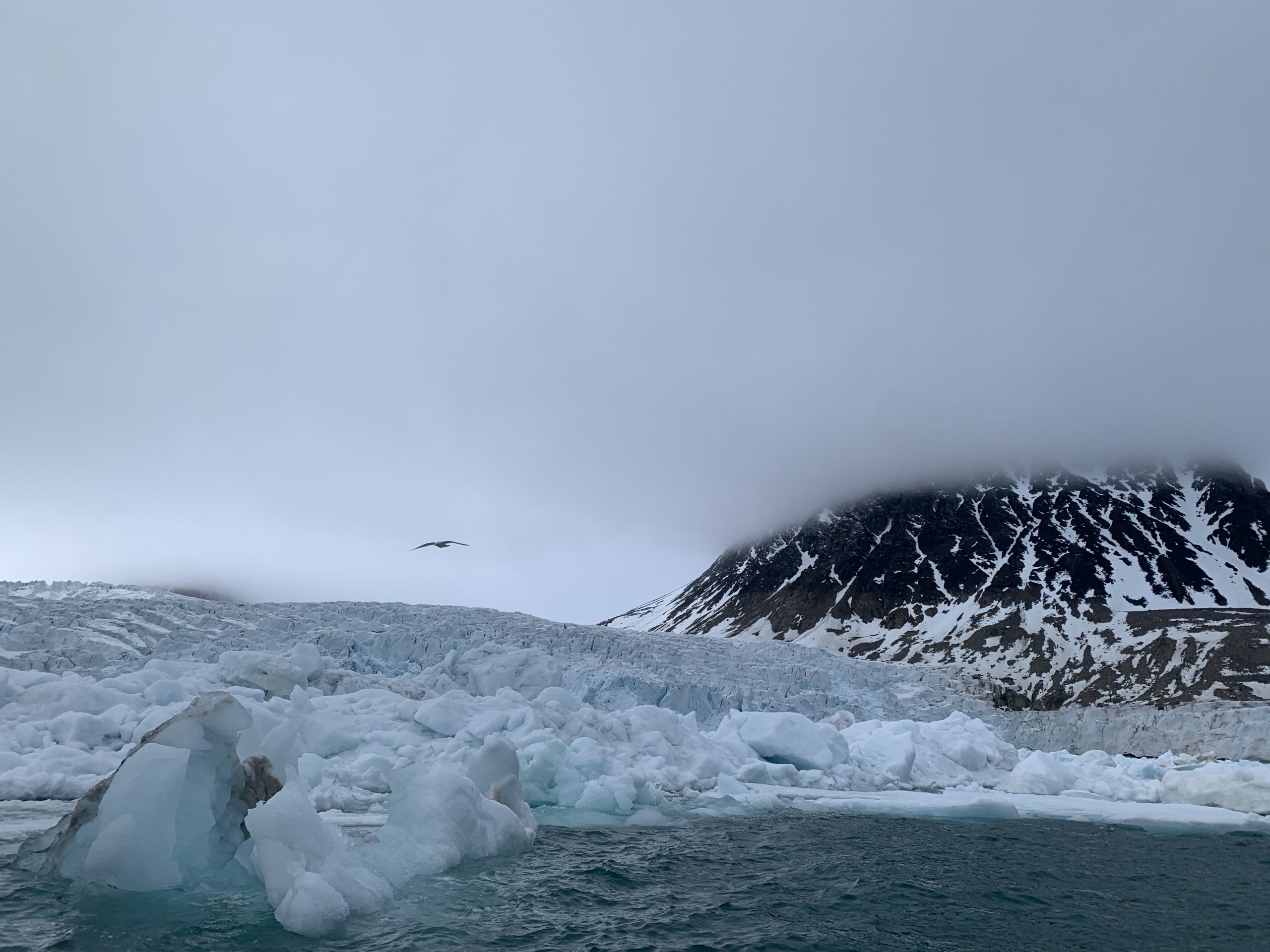
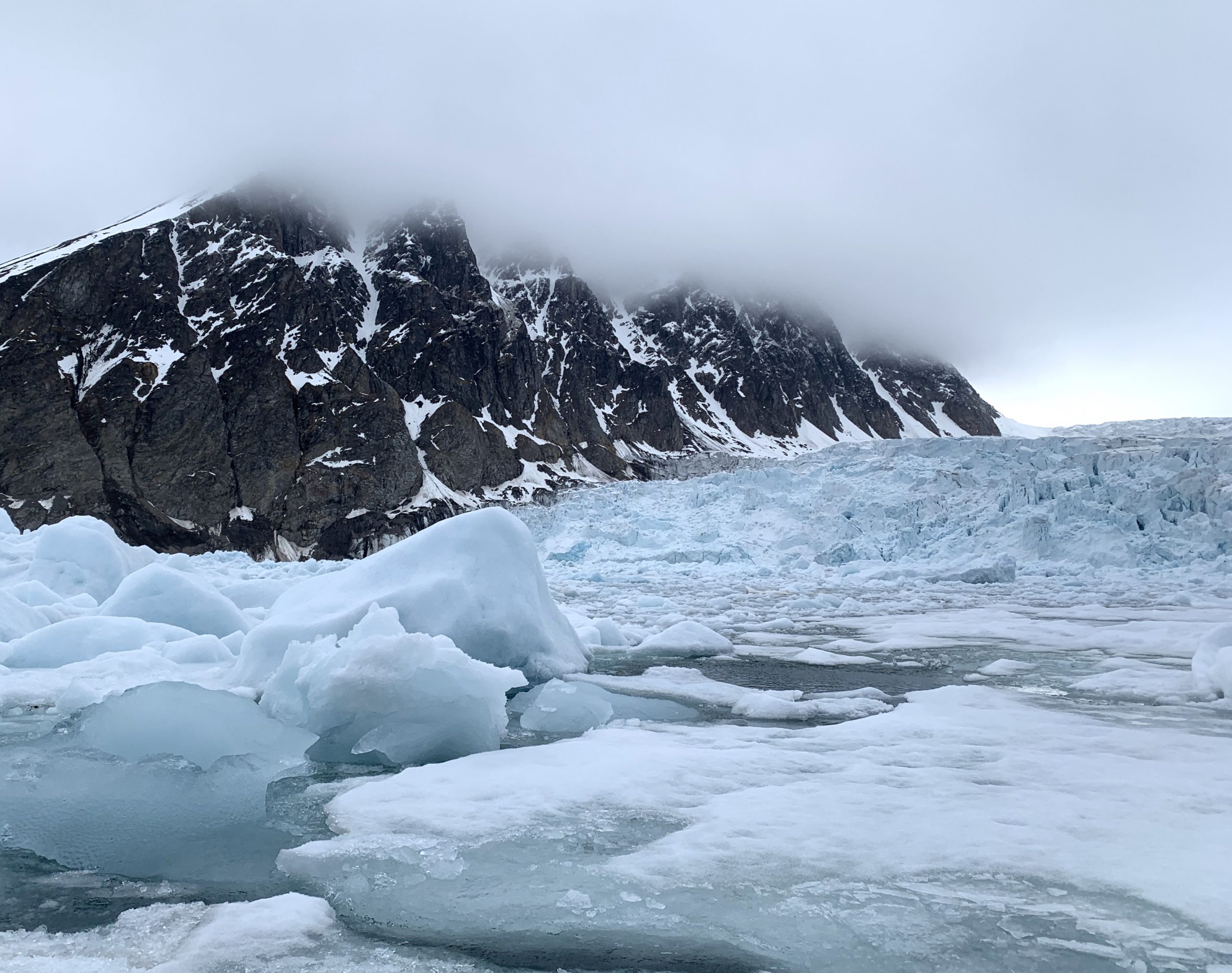
I just love the feeling of total remoteness and stillness here.
